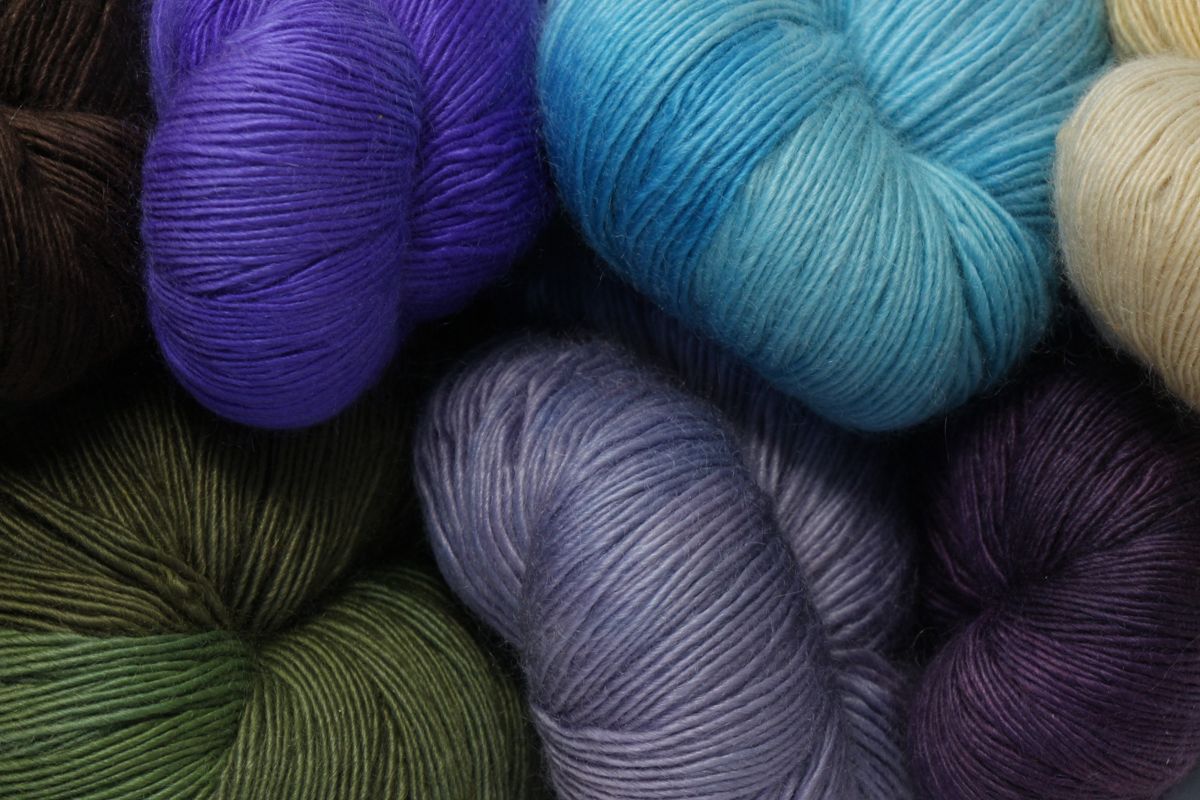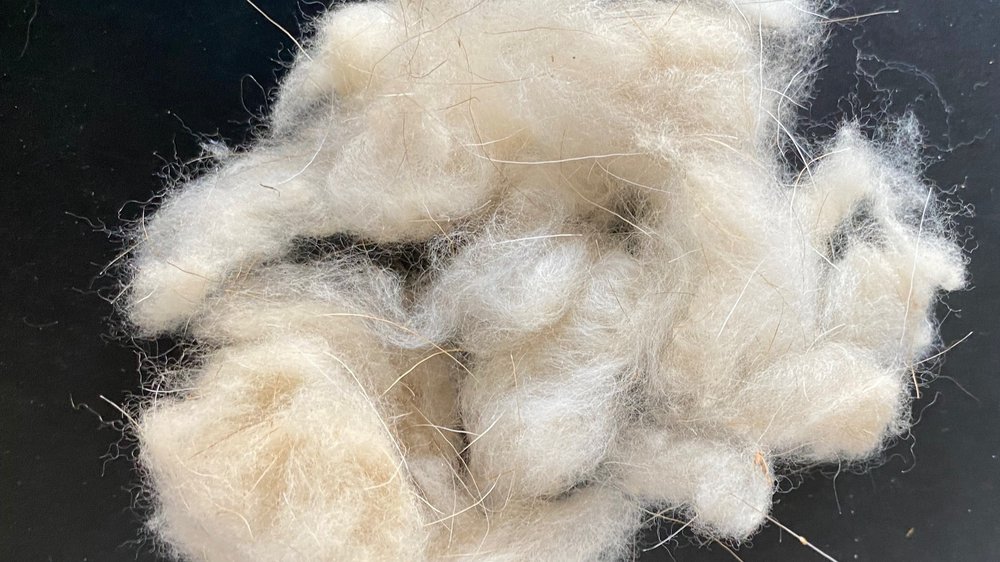Discover the Opulence and Smoothness of what is cashmere and Why It’s So Popular
Recognizing the Various Kinds Of Cashmere an All-natural Fiber and Their One-of-a-kind Advantages

The Origins of Cashmere: A Historical Introduction
While the elegant touch of cashmere continues to appeal modern-day consumers, its beginnings map back to the rough, cool climates of Mongolia and the Himalayas. For centuries, the native peoples of these regions have actually been elevating Capra Hircus goats, the prime resource of cashmere woollen. These goats, durable against the serious winter seasons, grew a fine undercoat to endure, which later on came to be known as cashmere.

The Production Refine: From Goat to Garment
Shearing a Capra Hircus goat notes the beginning of the complex cashmere manufacturing procedure. This delicate procedure commonly occurs annually throughout spring. The fine, soft undercoat is then divided from the coarser external hair, a procedure referred to as dehairing. The resultant raw cashmere is then cleaned to get rid of impurities such as dust, oil, and vegetable matter.
The clean fiber goes through coloring, spinning, and weaving, or knitting, to transform it into a material. Complicated treatments such as high quality control checks and completing processes comply with, guaranteeing completion item maintains the luxurious requirement anticipated of cashmere. This painstaking process, from goat to garment, warrants the high price affixed to cashmere products, making them an icon of luxury and improvement.
The Different Types of Cashmere: A Comprehensive Evaluation

The Special Advantages of Cashmere: Comfort and Sustainability
Relocating from the variety of cashmere types to the advantages they offer, comfort and sustainability stand out look what i found prominently. Cashmere, read the article an all-natural fiber, is renowned for its unparalleled softness, offering a level of convenience that artificial fibers can't match. The product's lightness, yet remarkable warmth retention, makes it perfect for all seasons. Cashmere's natural elasticity allows it to return to its original form, making it resistant to diminishing or stretching.
When it concerns sustainability, cashmere is sustainable and naturally degradable, as it's harvested from cashmere goats who regrow their layers each year. what is cashmere. Unlike artificial fibers which can take centuries to disintegrate, cashmere's influence on the atmosphere is minimal. This mix of convenience and sustainability makes cashmere an advantageous selection for mindful consumers

Taking Care Of Your Cashmere: Upkeep and Conservation Tips
While cashmere is certainly a lavish and lasting choice, it requires certain treatment to maintain its top quality and extend its lifespan. To start, cashmere must be hand cleaned using cool water and a mild cleaning agent. Prevent wringing the garment or turning as it can damage the fibers. Rather, gently eject excess water and lay it flat on a towel to dry. Cashmere items need to be kept in a awesome and dry area, away from direct sunlight and wetness. Utilizing moth repellents can safeguard these garments from prospective damage. It's advisable to stay clear of hanging cashmere to stop stretching. Instead, visite site layer and store them effectively to maintain their shape and high quality over time.
Buying Cashmere: Comprehending Its Worth and Worth
Although cashmere may at first seem like an expensive investment, its lasting worth and worth come to be evident when you consider its impressive qualities. Understood for its unmatched softness and heat, cashmere is a premium natural fiber that exceeds other materials. Its high need and restricted supply add to its high rate, yet its resilience ensures it lasts for several years, using superb value for cash. Cashmere items are timeless, frequently ending up being heirlooms passed down through generations. what is cashmere. Furthermore, its all-natural insulating buildings supply warmth without the bulk of artificial fibers. Spending in cashmere, for that reason, is not practically existing fashion trends, yet concerning accepting a lasting, durable, and extravagant way of life.
Conclusion
In recap, the sort of cashmere one selects, be it Mongolian, Chinese, or Italian, is dictated by private choices for warmth, sustainability, high-end, and budget plan. The value of cashmere prolongs beyond its cost, with comfort and durability including in its worth. Proper care and maintenance can ensure its conservation. Therefore, understanding the origins, production procedure, and distinct advantages of different kinds of cashmere can lead consumers in their financial investment in this extravagant all-natural fiber.
Whether it's the remarkable warmth of Mongolian cashmere, the price of Chinese cashmere, or the eco-conscious manufacturing of Italian cashmere, there's a story to be uncovered behind each fiber type. Cashmere, an all-natural fiber, is renowned for its unmatched gentleness, offering a degree of convenience that synthetic fibers can not match.When it comes to sustainability, cashmere is eco-friendly and sustainable, as it's harvested from cashmere goats that regrow their coats annually. Known for its unequaled softness and warmth, cashmere is a costs all-natural fiber that outperforms various other materials. Comprehending the origins, manufacturing procedure, and distinct benefits of various types of cashmere can guide customers in their financial investment in this elegant all-natural fiber.